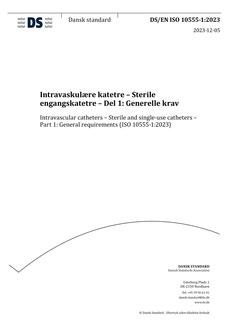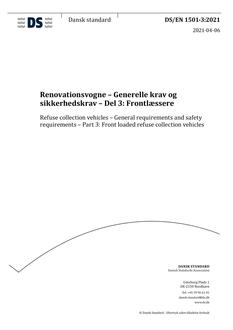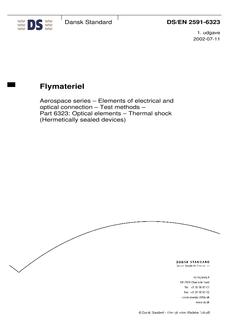-
-
Available Formats
- Availability
- Priced From ( in USD )
-
Available Formats
-
- Immediate download
- $110.00
- Add to Cart
-
- Printed Edition
- Ships in 1-2 business days
- $110.00
- Add to Cart
Customers Who Bought This Also Bought
-

DANSK DS/EN ISO 10555-1
Priced From $101.00 -

DANSK DS/EN 60601-2-44
Priced From $240.00 -

DANSK DS/EN 1501-3
Priced From $101.00 -

DANSK DS/EN 2591-6323
Priced From $28.00
About This Item
Full Description
ISO 19467:2017 specifies a method to measure the solar heat gain coefficient of complete windows and doors. ISO 19467:2017 applies to windows and doors a) with various types of glazing (glass or plastic; single or multiple glazing; with or without low emissivity coatings, and with spaces filled with air or other gases), b) with opaque panels, c) with various types of frames (wood, plastic, metallic with and without thermal barrier or any combination of materials), d) with various types of shading devices (blind, screen, film or any attachment with shading effects), e) with various types of active solar fenestration systems [building-integrated PV systems (BIPV) or building-integrated solar thermal collectors (BIST)]. ISO 19467:2017 does not include the following: a) shading effects of building elements (e.g. eaves, sleeve wall, etc.); b) heat transfer caused by air leakage between indoors and outdoors; c) ventilation of air spaces in double and coupled windows; d) thermal bridge effects at the rebate or joint between the window or door frame and the rest of the building envelope. ISO 19467:2017 does not apply to the following: a) non-vertical windows; b) curtain walls; c) industrial, commercial and garage doors.
Document History
-
DANSK DSF/ISO/FDIS 19467
Thermal performance of windows and doors – Determination of solar heat gain coefficient using solar simulator- Historical Version
-
DANSK DS/ISO 19467
currently
viewing
Thermal performance of windows and doors – Determination of solar heat gain coefficient using solar simulator- Most Recent





